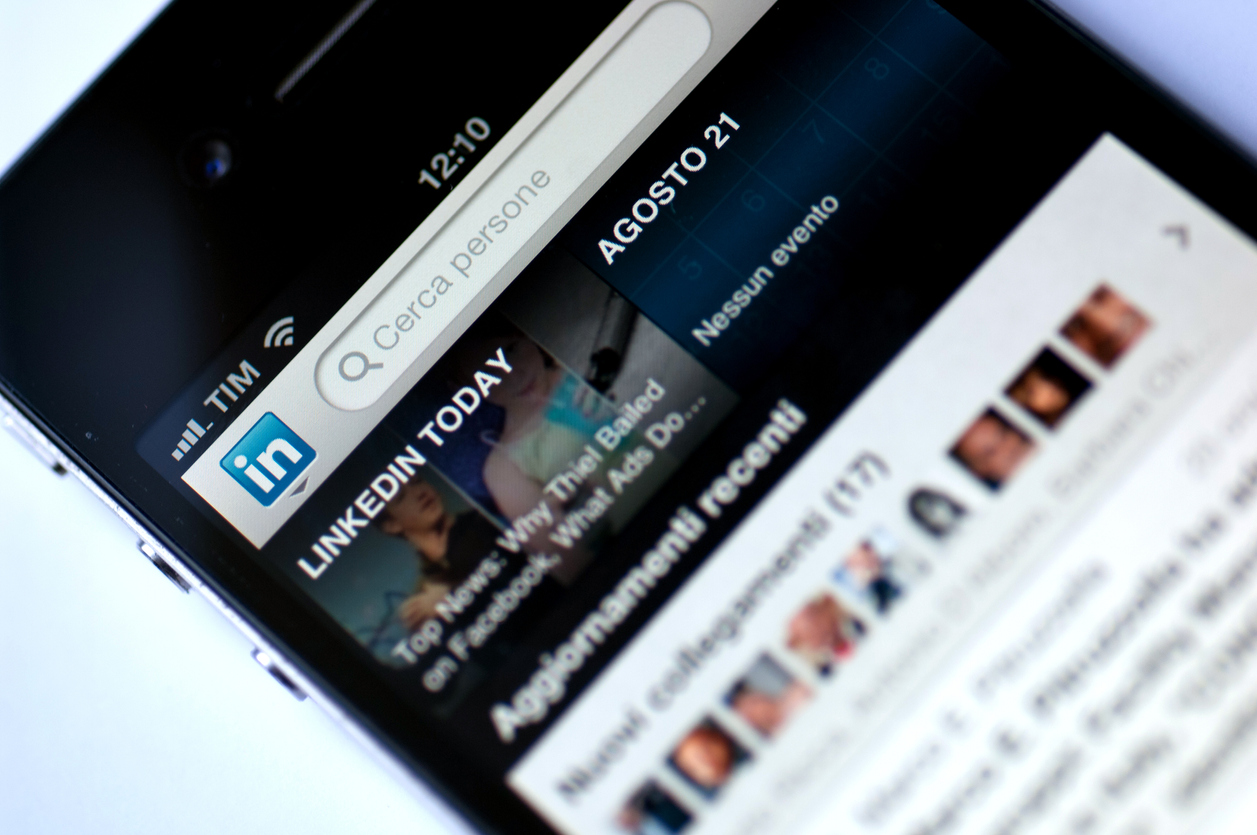David Martin, CEO and founder of Be Known Communications, explains why personal content can work on LinkedIn.
Whether you look at LinkedIn as a social media site or a digital publishing forum (personally, I go with the latter), I think we can all agree that LinkedIn is primarily a platform designed for building personal connections with business associates.
Yes, company pages are there in abundance and trying hard to engage with existing and future customers or clients, but experience shows us that content posted via a company page will almost never perform as well as the same content posted by an individual from their profile.
Even with the focus on personal profiles, it wasn’t so long ago that anything too personal got met with a barrage of comments telling the author to keep personal content for Facebook. Times have changed though and more and more people are giving their connections an insight into their personal lives.
It begs the question: "does personal content have a place on LinkedIn?" In a very small nutshell, the answer is yes.
BUT, before you stop reading, there are some important caveats.First, let’s have a look at why it is okay - or encouraged - to post personal content on LinkedIn.
People buy from people
At its most primitive, LinkedIn is simply a platform for speaking to an audience, engaging with them, and ideally selling to them through the building of a brand profile and trust. The more human you can make yourself the better because if people feel like they know you, they are more likely to feel like they can trust you, which in turn means they are more likely to be open to your messaging and want to do business with you. Let’s face it, unless you are just an egotistical maniac, you are not just posting content so that people look at you, you are doing it to further your business.
Social selling is a softer sell
‘Social selling’ is the term given to using social media to subtly sell a product or service. Unlike the more traditional approaches to direct marketing and sales, where it is all about in your face ‘sell, sell, sell’, social selling relies much more on hitting multiple touchpoints through non-sales content. If you have wanted to scream at your screen due to the endless stream of cold calls and hard-sell messages you receive in your LinkedIn messages inbox, then you will appreciate that it is an approach that very rarely works. Personal content removes the feeling that your audience is just there to be sold to.
It drives engagement
Thankfully, the days when you got shouted down for posting anything personal on LinkedIn are long gone. The fact that personal posts generally get better engagement than most others shows that as far as most of us are concerned, personal posts do indeed have a place on LinkedIn. This is important because LinkedIn’s algorithms favour posts from people who have engaged connections and whose audience interacts with their content. Good engagement on personal posts, therefore, helps increase the reach of your other work focused posts.
As I said though, it is not as simple as just saying “yes, personal posts do have a place on LinkedIn”, so what are the caveats?
Keep personal posts to a minimum
Personal posts should only make up about one-sixth of your regular content. You still want to be taken seriously and to be thought of as an expert in your field, so pushing knowledge and insight should be your priority.
Don’t isolate connections
Whereas on social platforms where most of your ‘connections’ are your friends and you are therefore generally talking to like-minded people with similar worldviews, your audience on LinkedIn is going to be more diverse, with a mix of political and cultural differences. It is therefore important to steer away from posts that express extreme political views or that others may find culturally insensitive.
Social values are playing an increasingly important role in how people decide who they want to work with and for. The purpose of posting is to make people want to do business with you, so avoid content that makes them feel like you are too different to them or not aligned with their values.
More than dogs and kids
Personal posts should be more than just pictures of pets and children. In fact, lots of people aren’t comfortable with posting information about their family and home life. That shouldn’t mean avoiding personal posts completely though. Personal posts can be about hobbies, interests, likes and dislikes and they can also be linked back to a work theme if that makes you more comfortable.
The larger nutshell
If you really do want LinkedIn to work for you, then you need to be taking advantage of everything it can offer. Like any digital platform, LinkedIn is driven by algorithms that are designed to favour those who use the platform regularly to post original content and who are seen as being relevant by others through engagement levels.
Being consistent with posting content can be time-consuming and feel like a chore sometimes, but you aren’t wasting your time posting on there for the sake of it. You are on LinkedIn because you want to build your profile and generate business leads. Posting personal content will help you do that.











